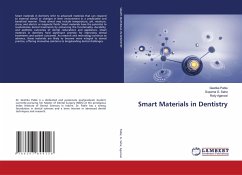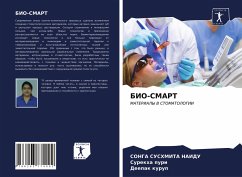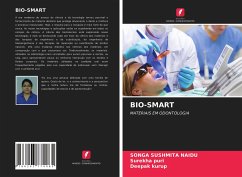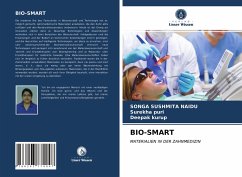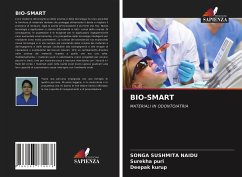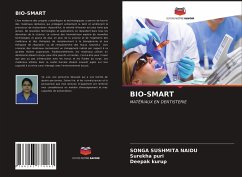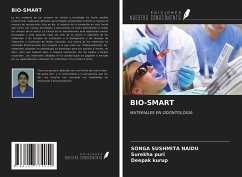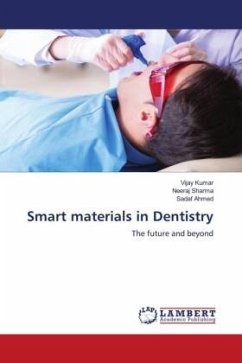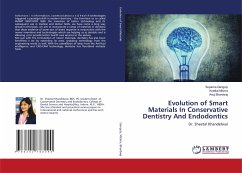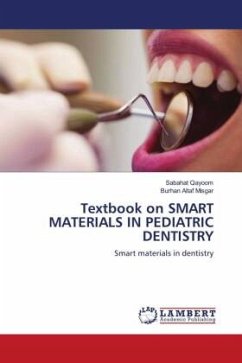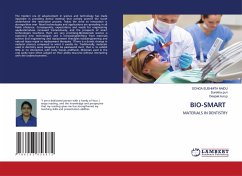
BIO-SMART
MATERIALS IN DENTISTRY
Versandkostenfrei!
Versandfertig in 6-10 Tagen
27,99 €
inkl. MwSt.

PAYBACK Punkte
14 °P sammeln!
The modern era of advancement in science and technology has made itpossible in providing dental material that actively protect the tooth andenhance the restorative process. Today the drive to innovation is strongerthan ever. Novel technologies and applications are spreading in all fields ofscience. Consequently, expectations and needs for engineering applicationshave increased tremendously, and the prospects of smart technologies toachieve them are very promising.Biomaterials science is exploring new technologies and is increasinglyshifting from materials science and engineering and replacemen...
The modern era of advancement in science and technology has made itpossible in providing dental material that actively protect the tooth andenhance the restorative process. Today the drive to innovation is strongerthan ever. Novel technologies and applications are spreading in all fields ofscience. Consequently, expectations and needs for engineering applicationshave increased tremendously, and the prospects of smart technologies toachieve them are very promising.Biomaterials science is exploring new technologies and is increasinglyshifting from materials science and engineering and replacement therapies tobioengineering and natural tissue repair or replacement therapies. 1There is a drastic change in material sciences compared to what it usedto be. Traditionally, materials used in dentistry were designed to be passiveand inert, that is, to exhibit little or no interaction with body tissues andfluids. Materials used in the oral cavity were often judged on their ability tosurvive without interacting with the oralenvironment .



